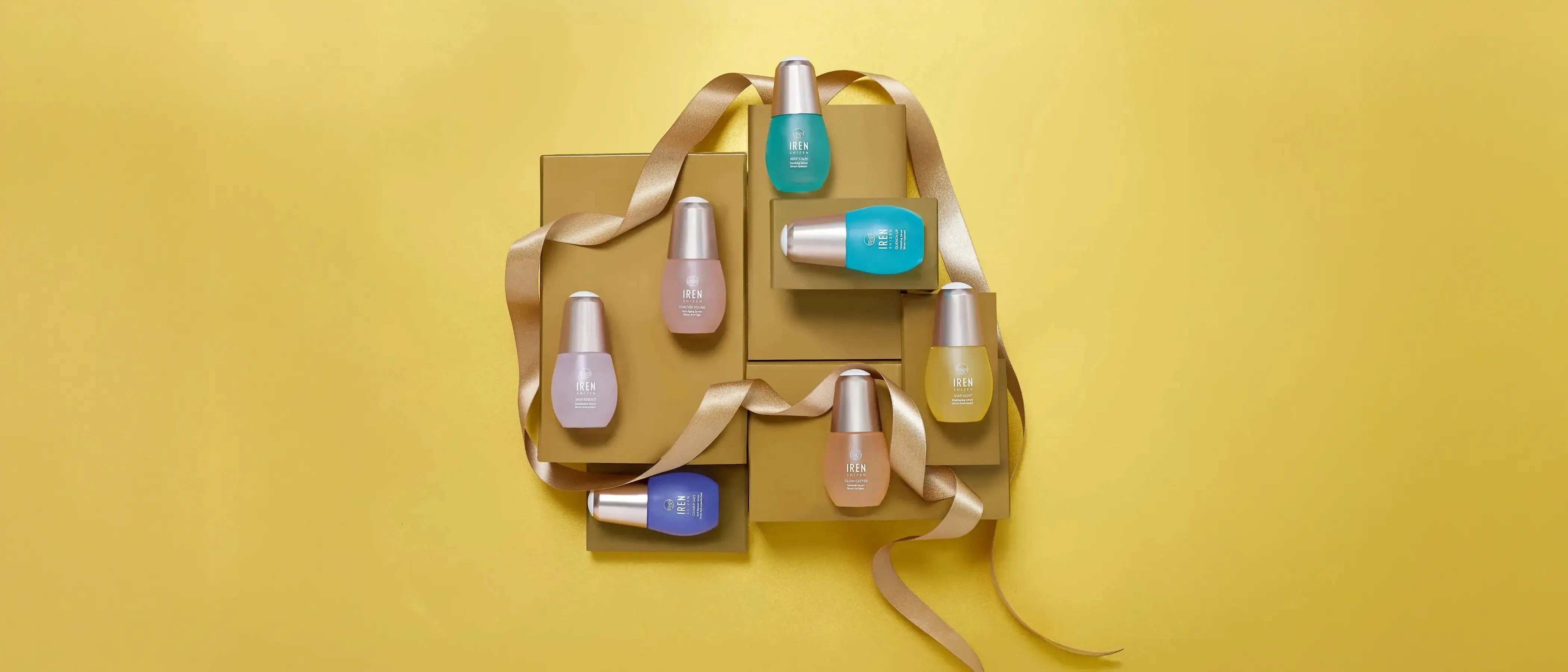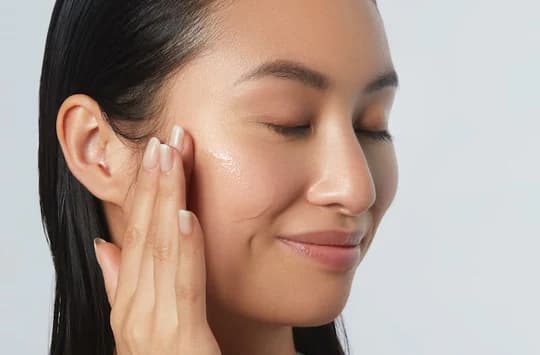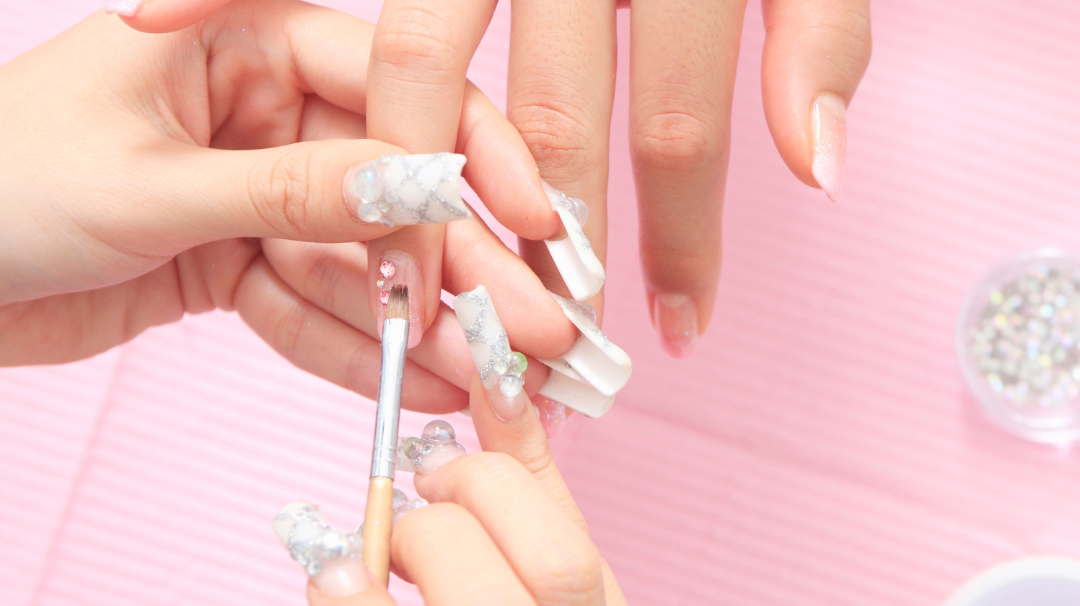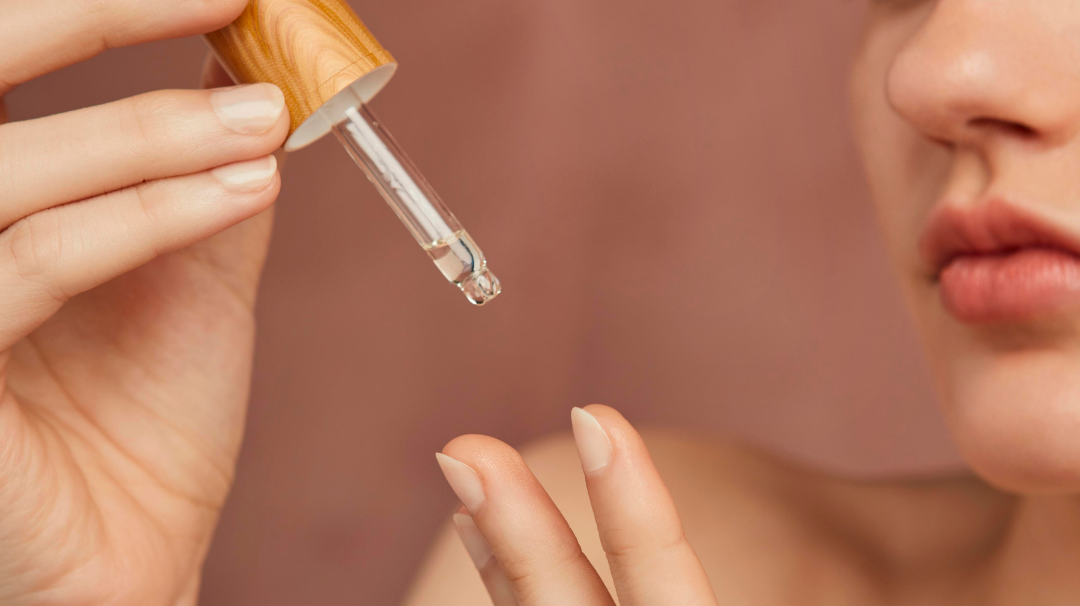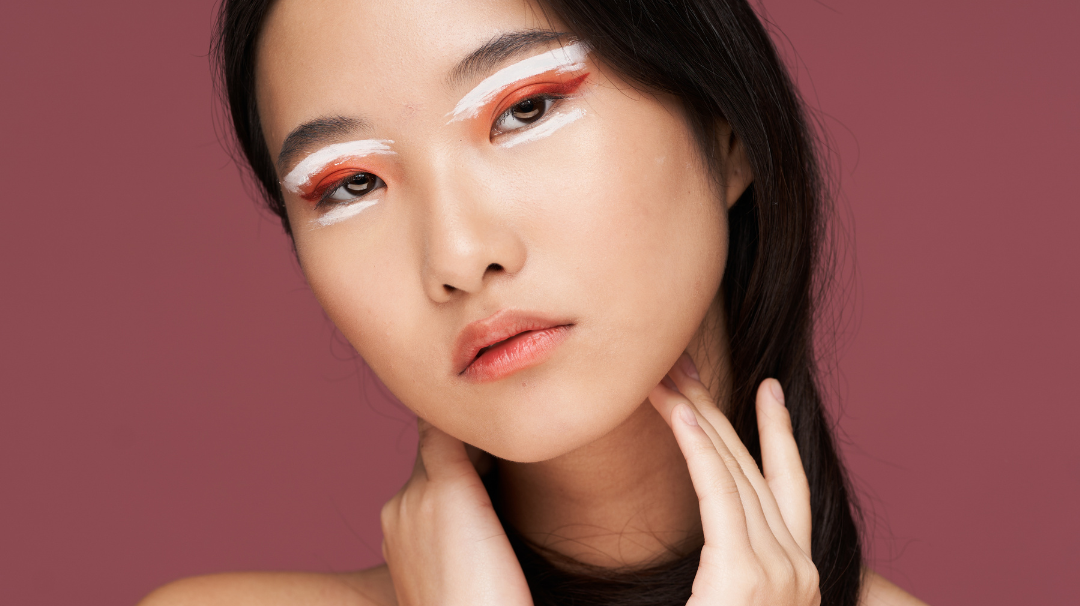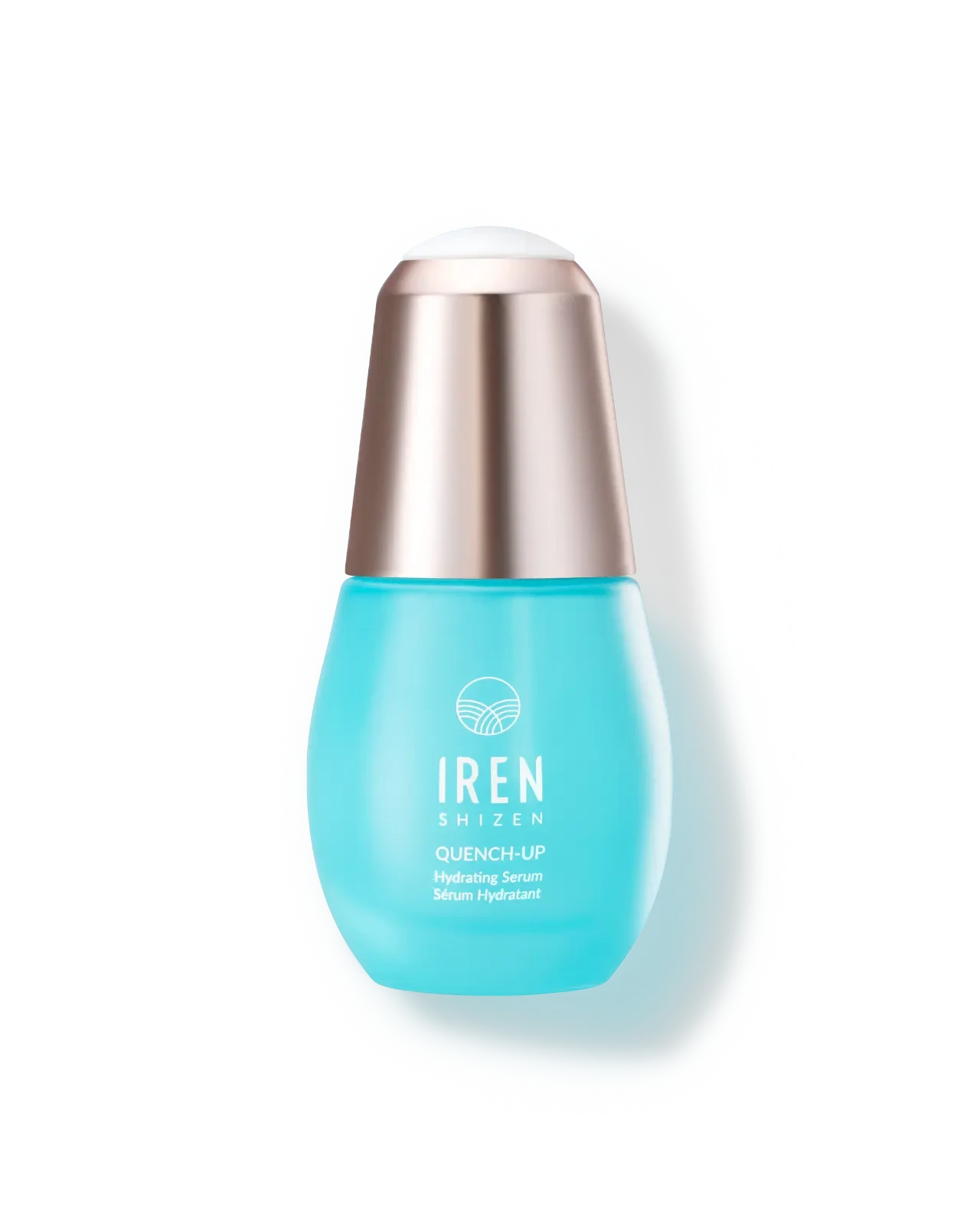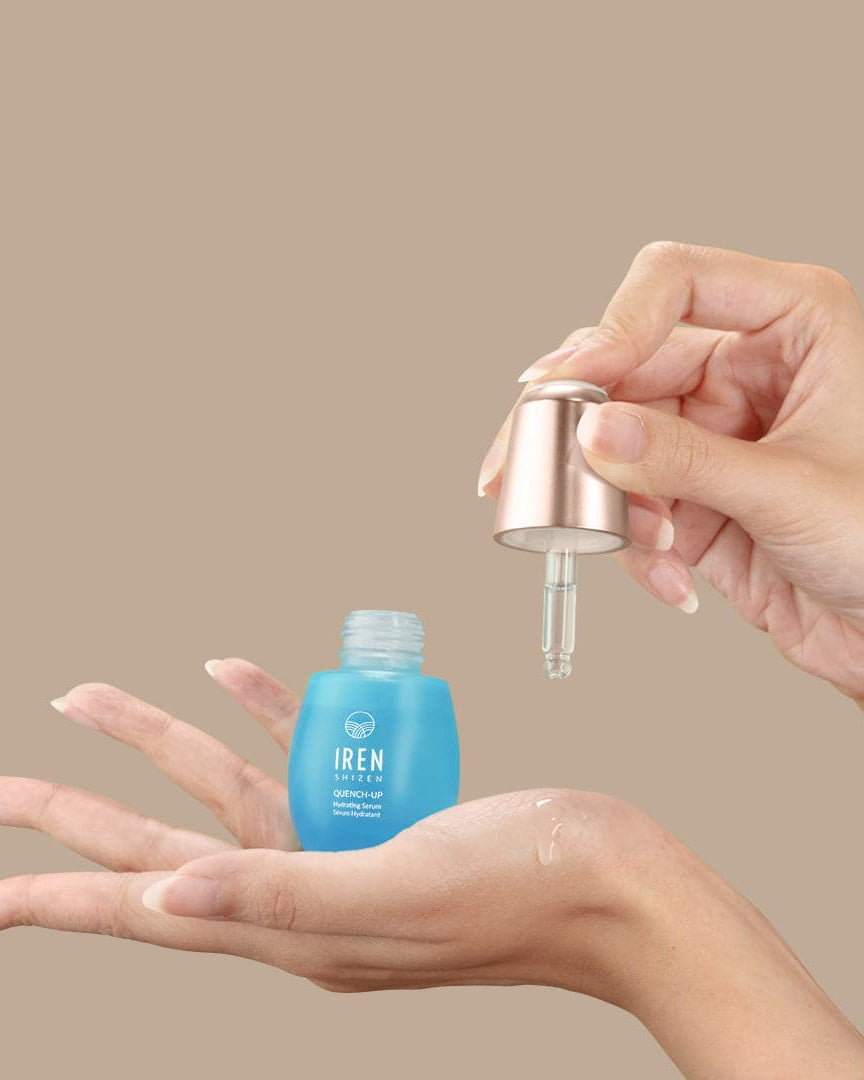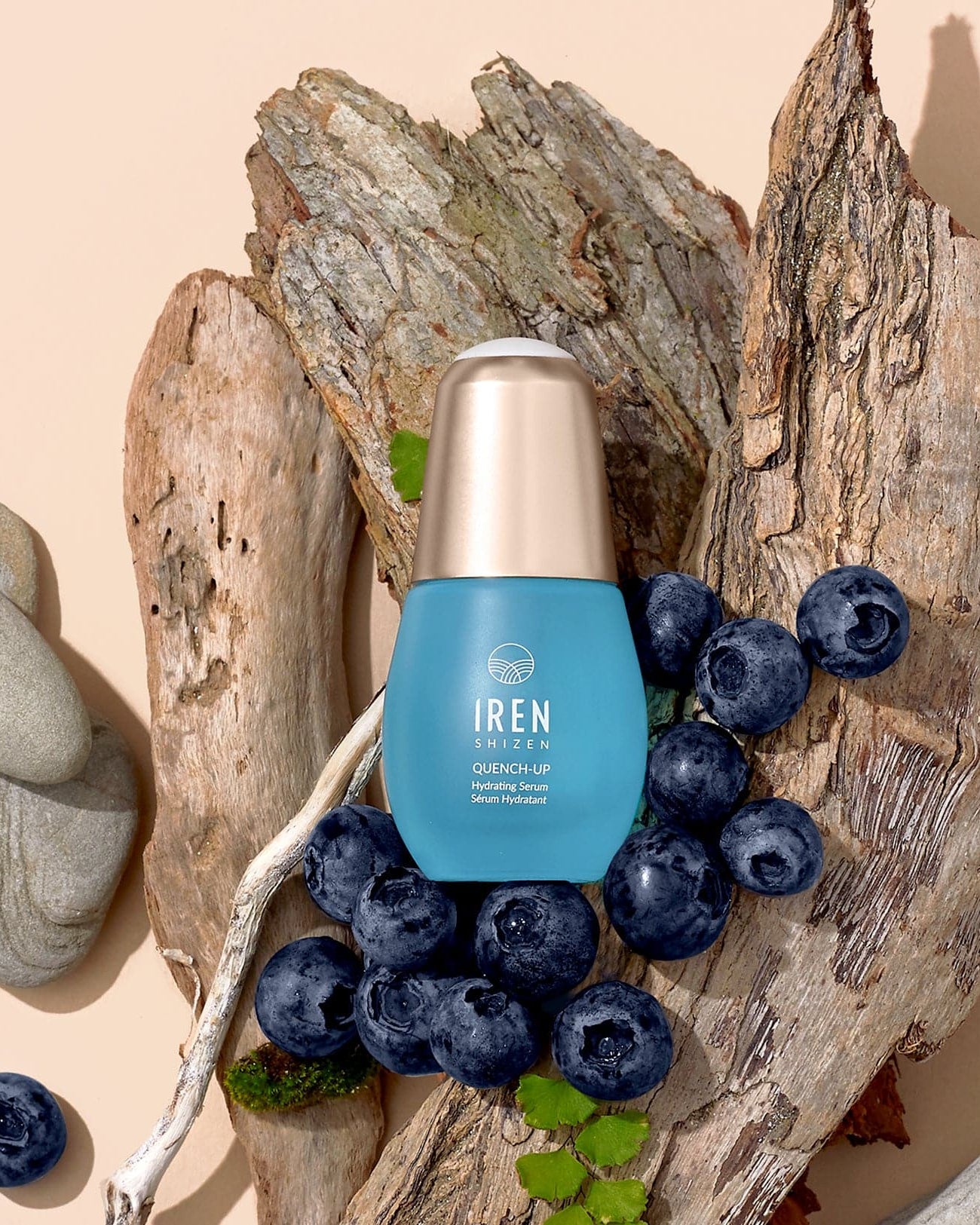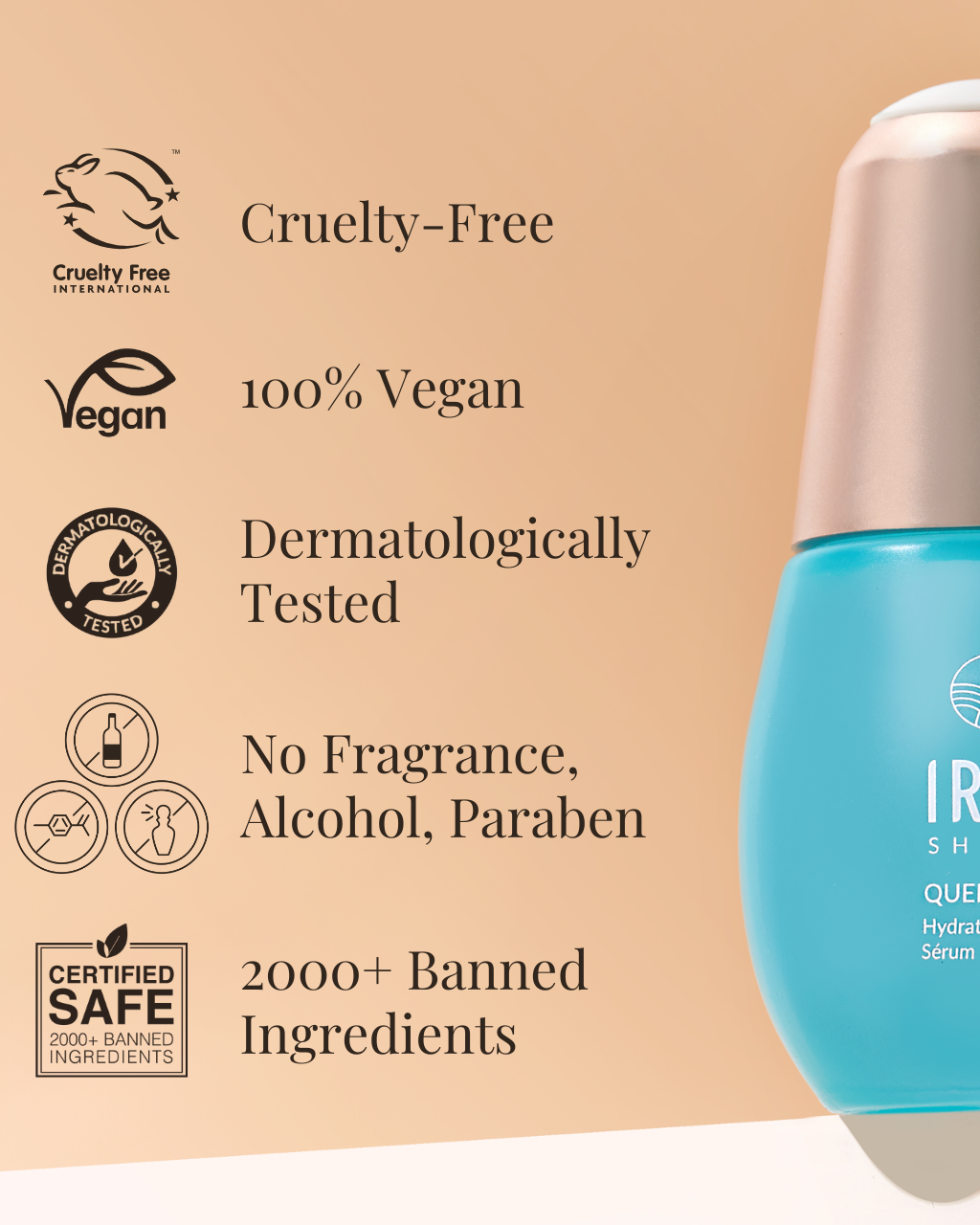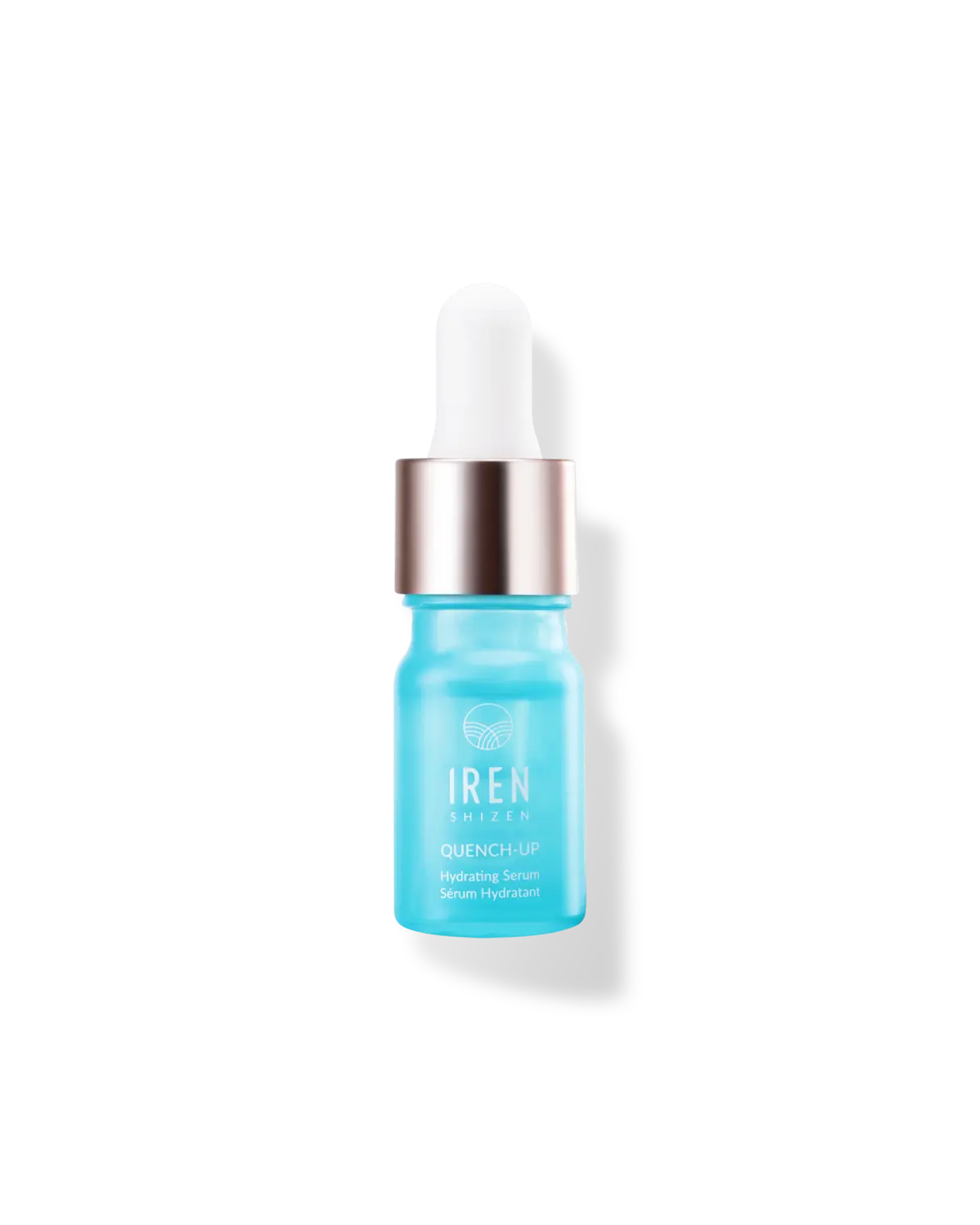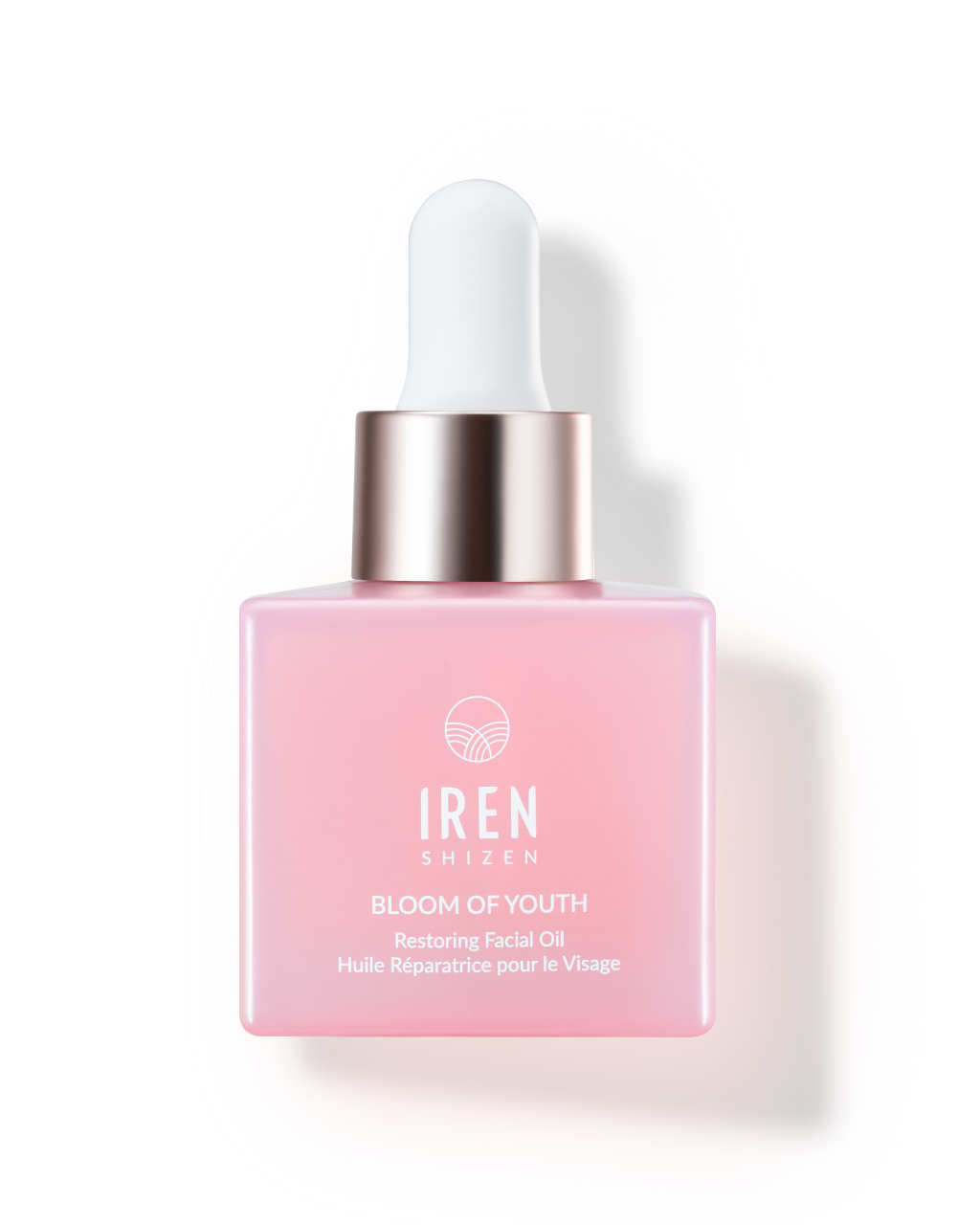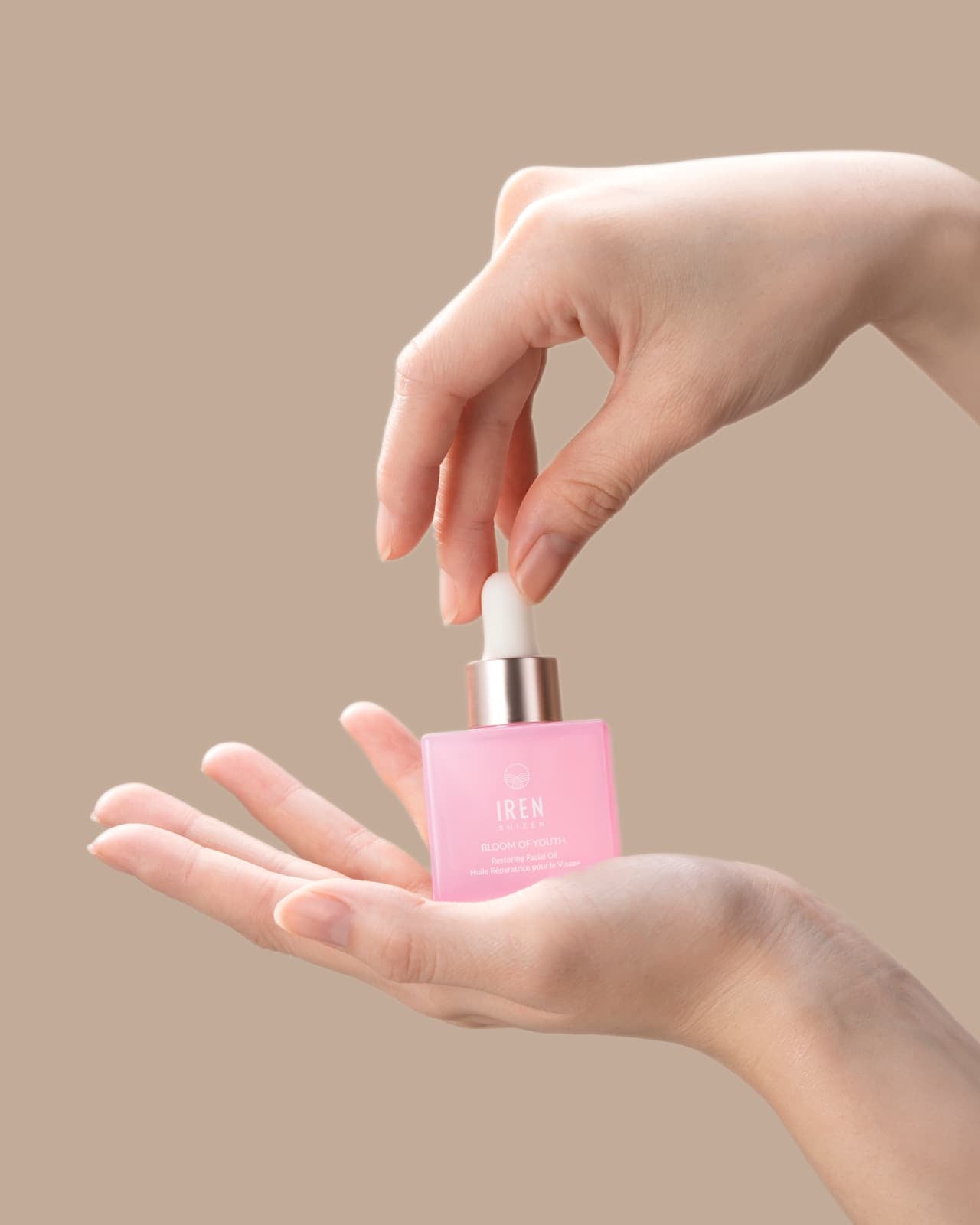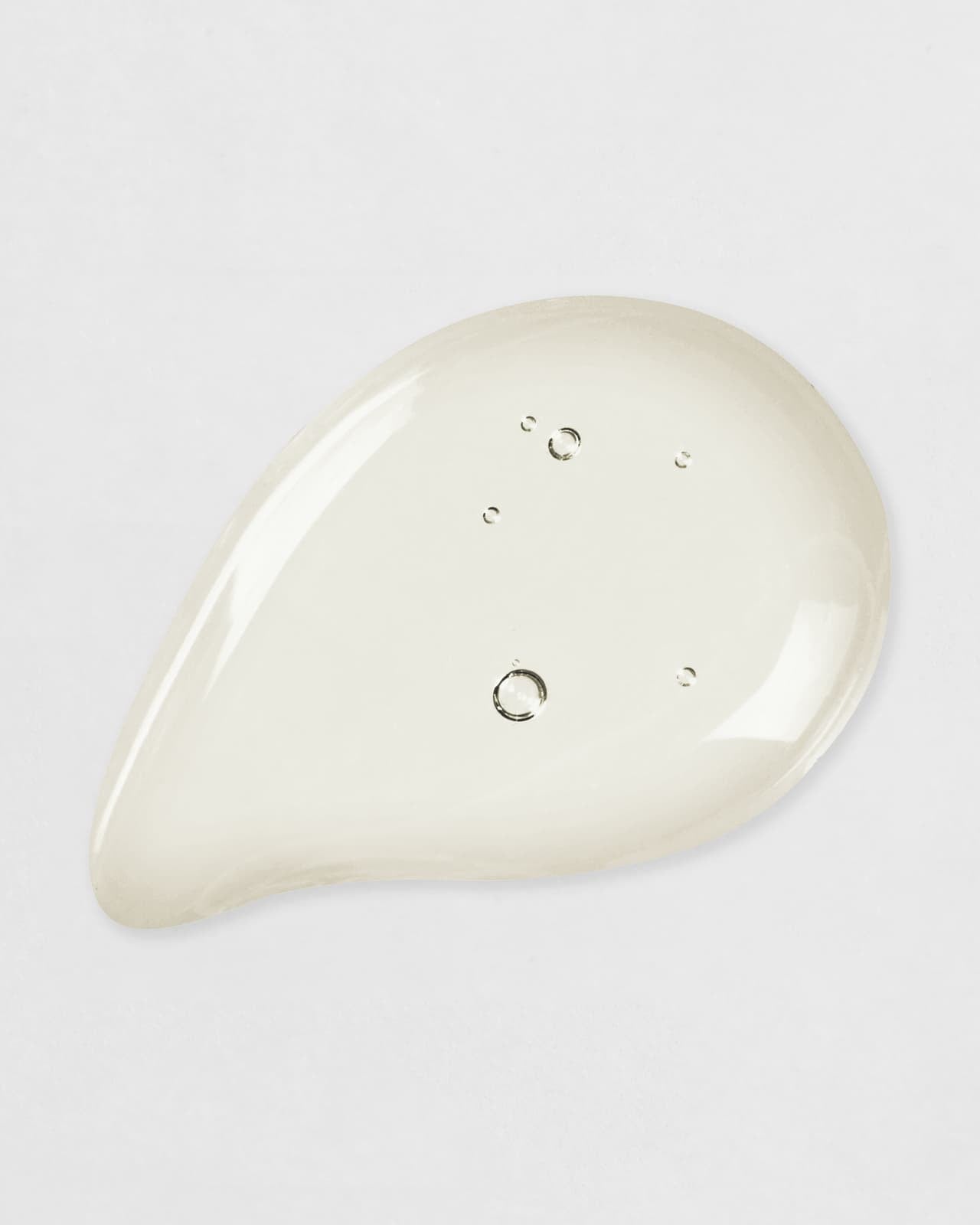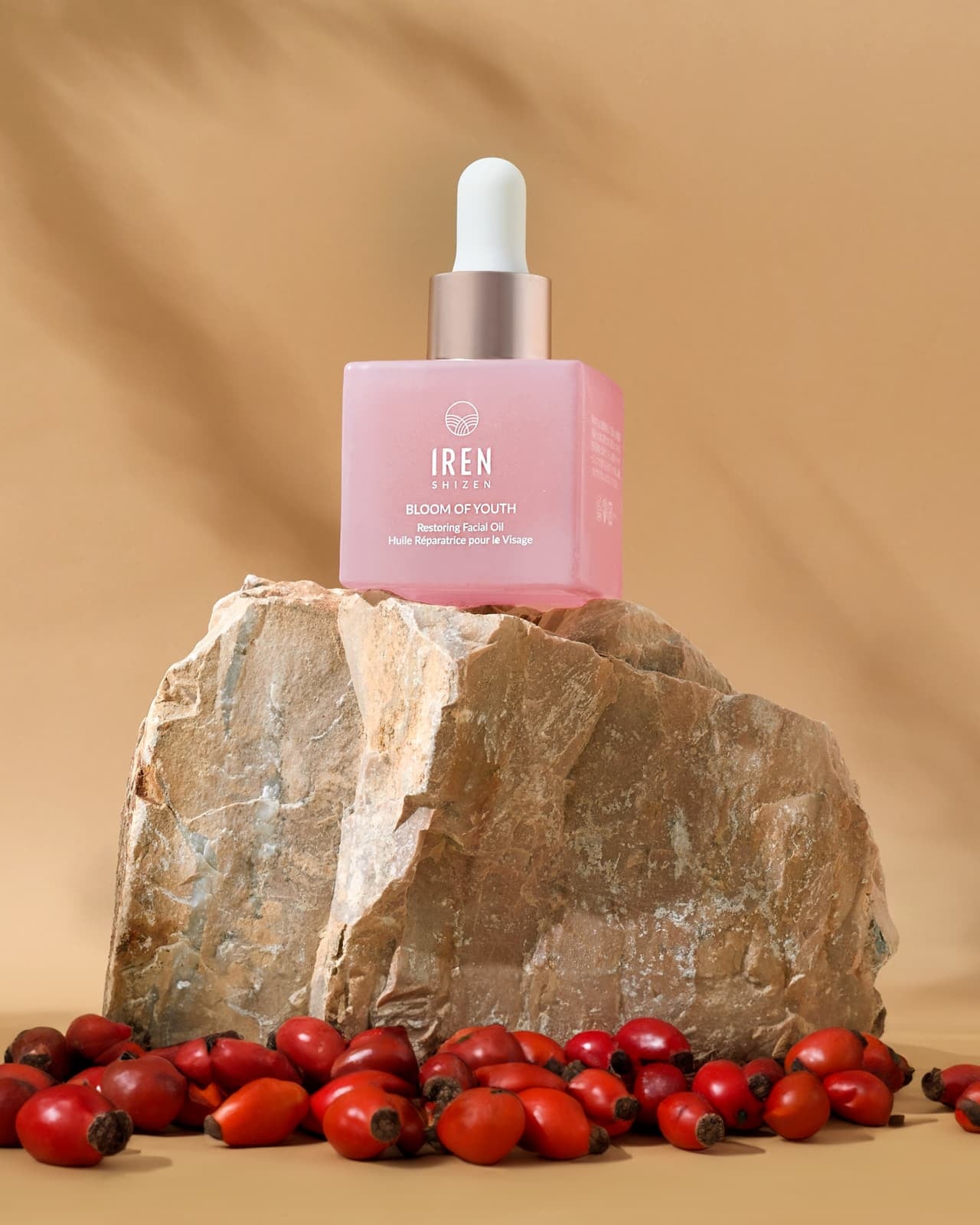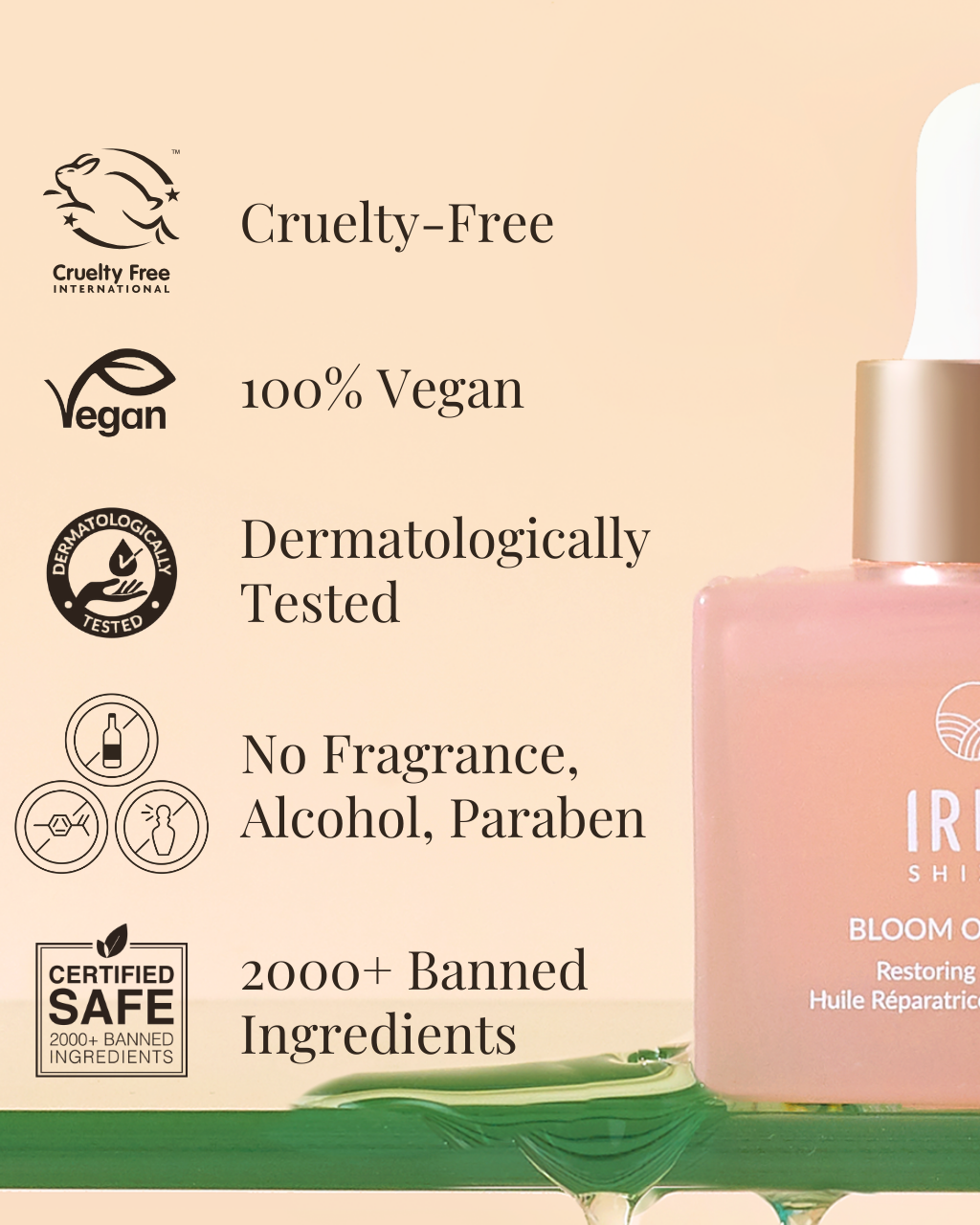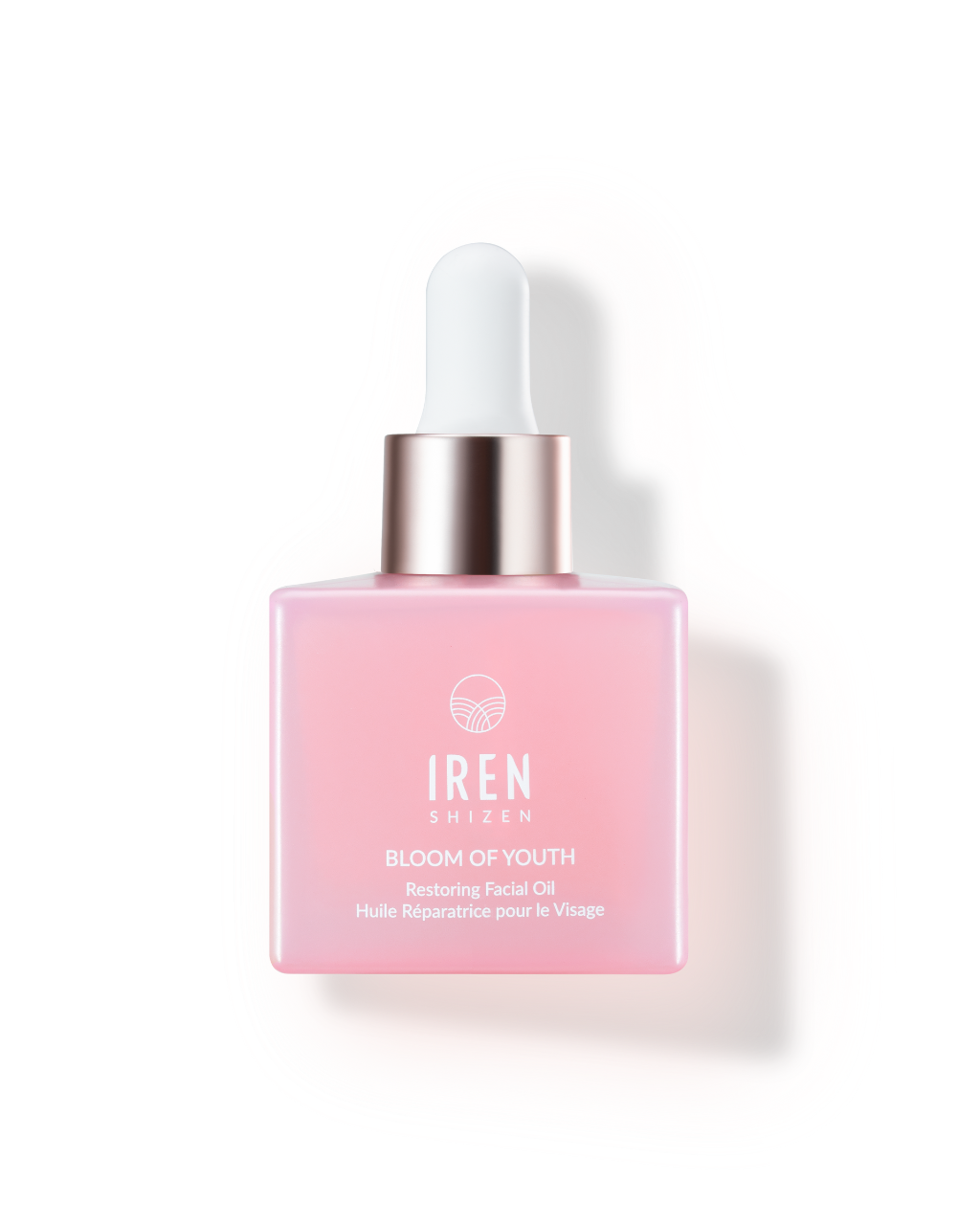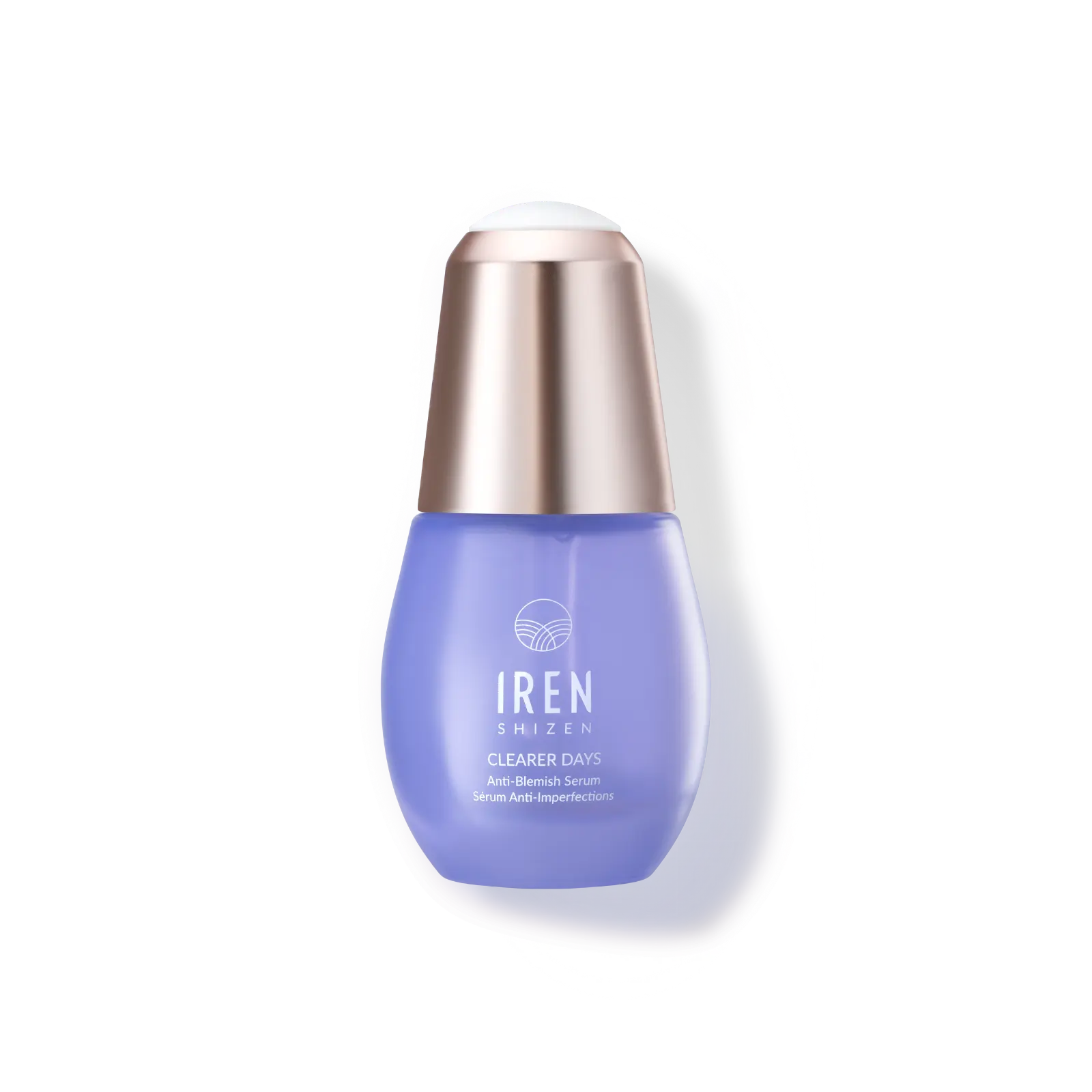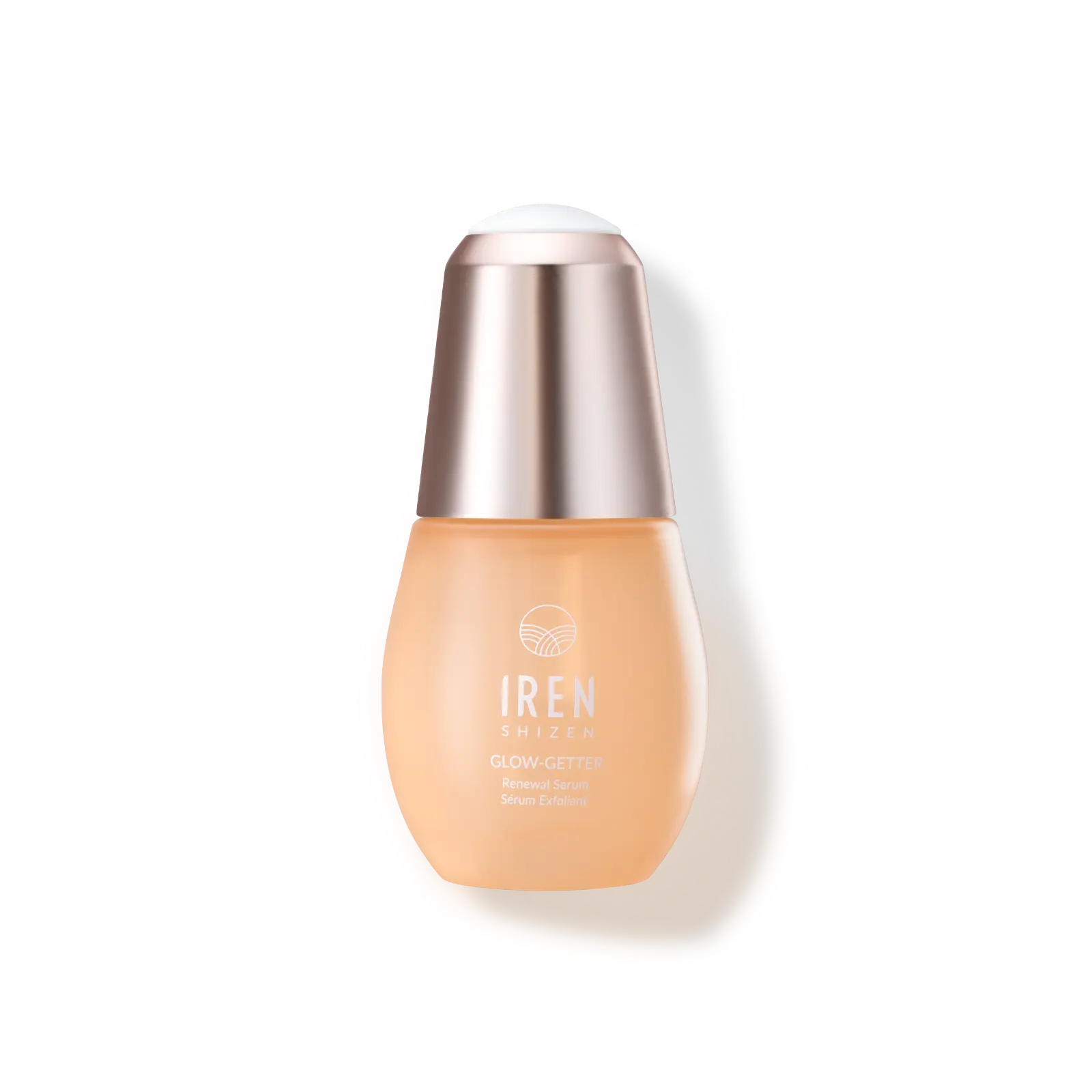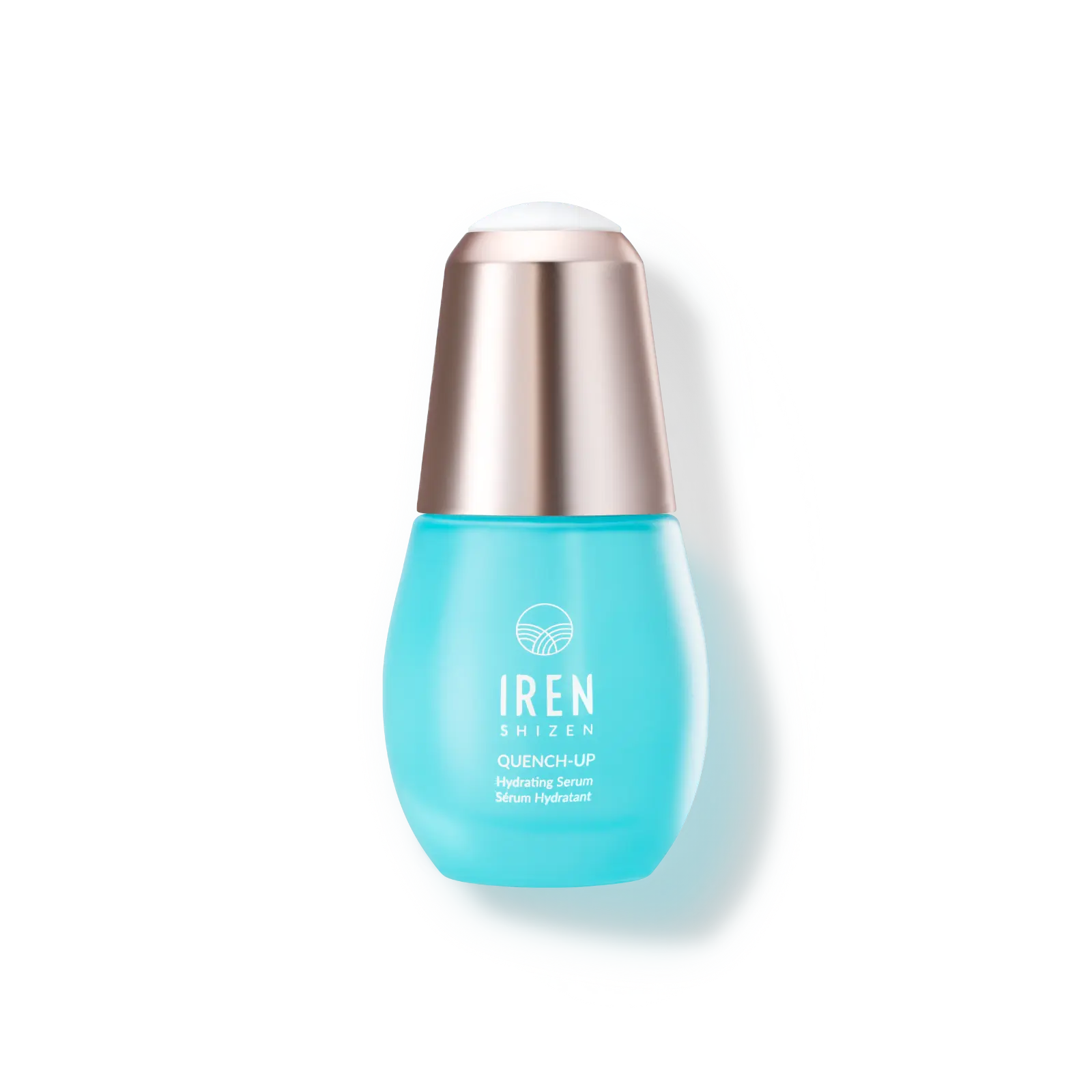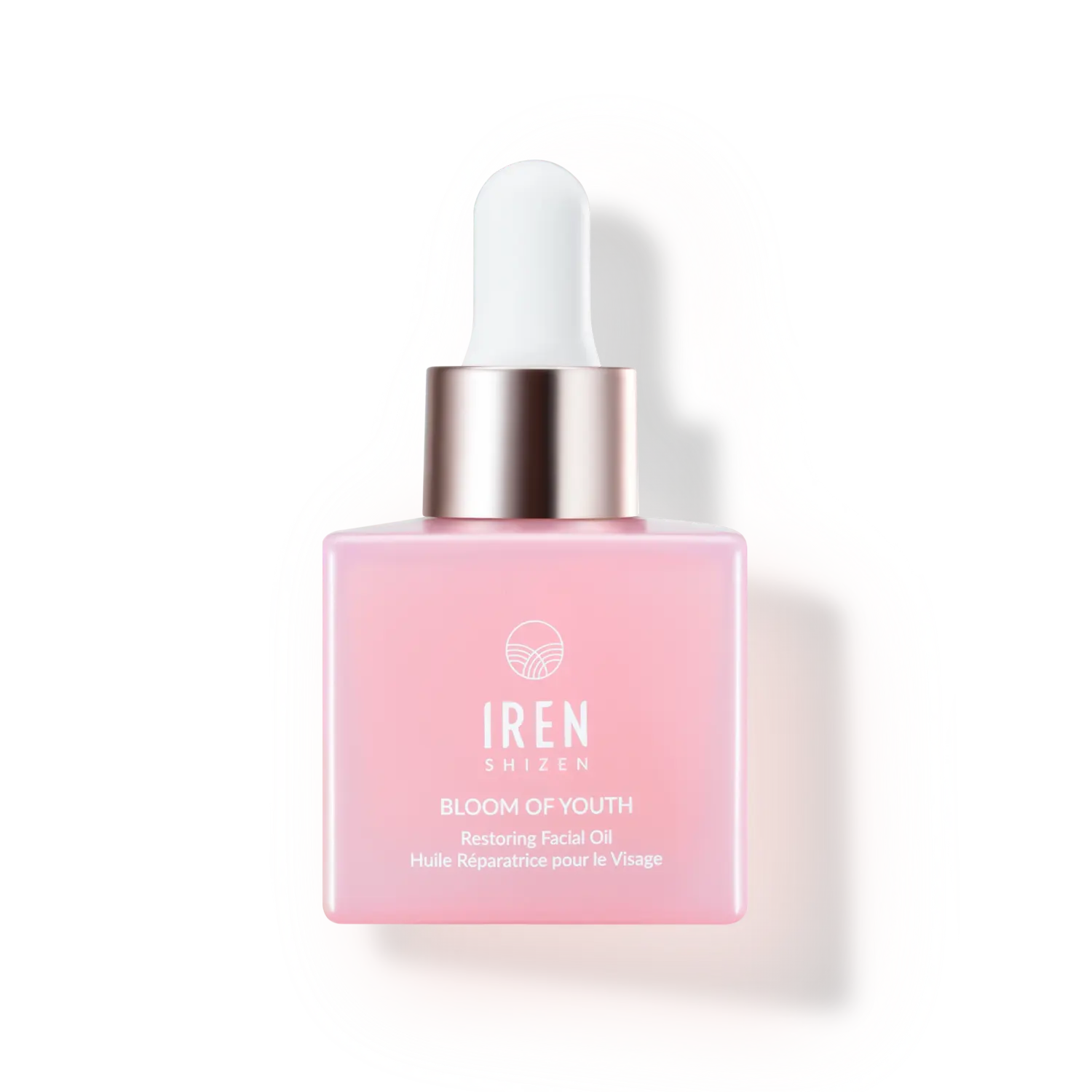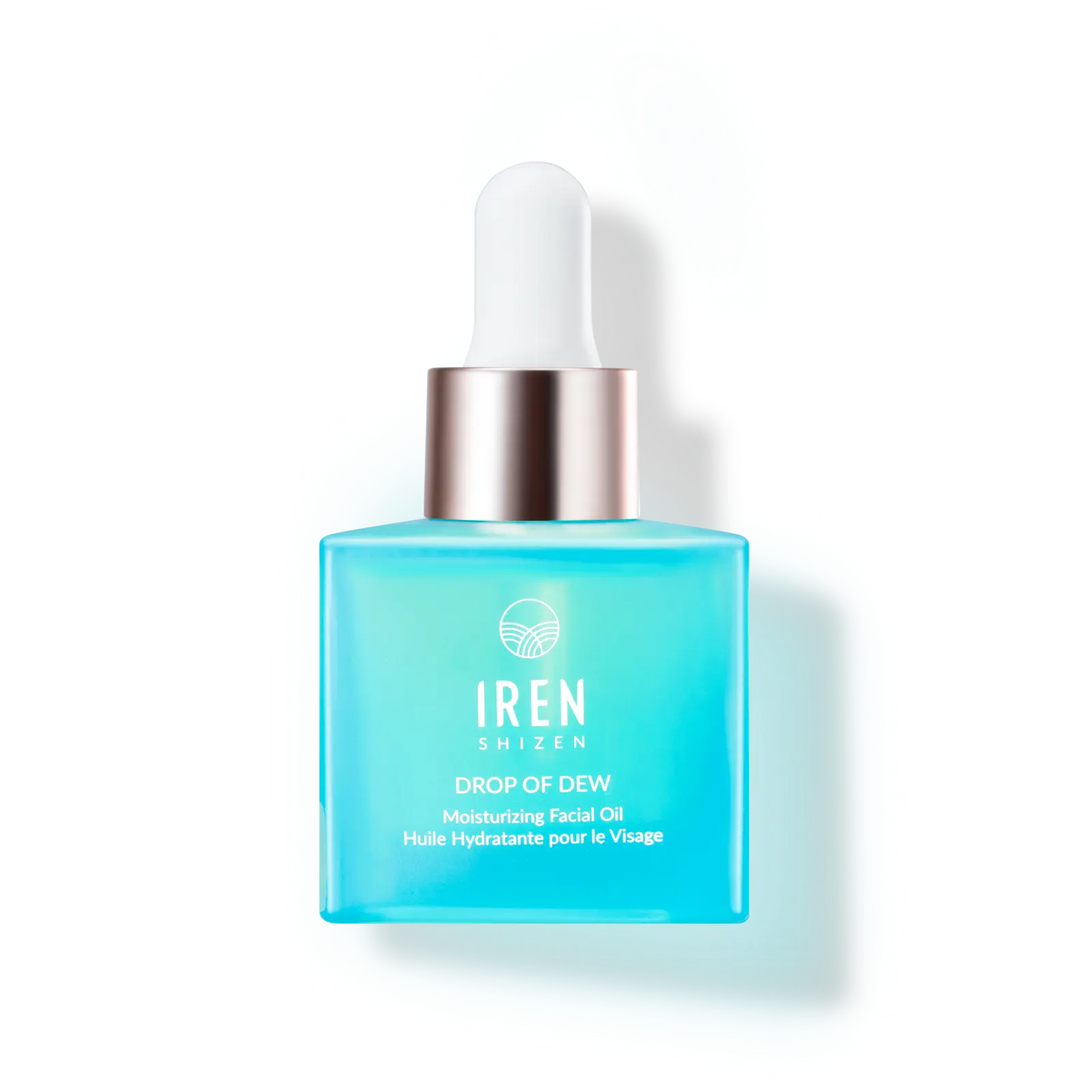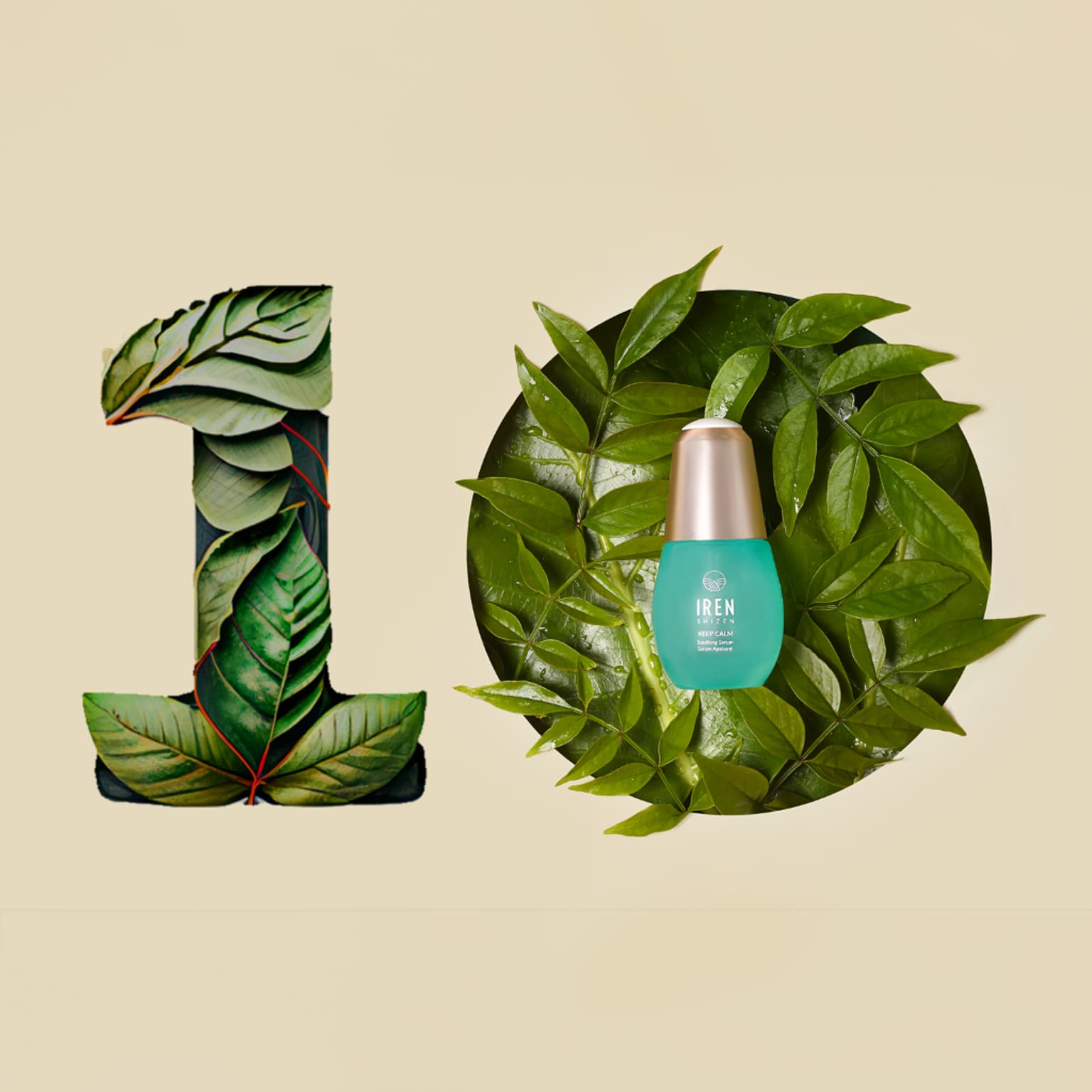Artificial synthetic colours are what give your day-to-day products a pop of colour. They are more common than you think, and can be found in your favourite drink or that new moisturizer you just bought.
Artificial colourants are synthetic additives combined to make a single colour. One colour can have up to 50 synthetic colours mixed together. These additives are derived from coal tar, petroleum, and heavy metal salts like arsenic. When applied topically, this toxic ingredient can lead to skin irritation, clogged pores, and breakouts.
Some artificial colourants are more harmful than others. Studies have shown that the most commonly used dyes are unsafe for the skin. They are classified as allergens, irritants, and carcinogens, or cancer-causing agents. Some also contain impurities like acetate, which is toxic to the nervous system.
Besides the health risks of artificial synthetic colours, they can also pose dangers to the skin.
Skin Irritation and Inflammation

Artificial colourants are allergenic and sensitizing, which can leave the skin red. Depending on your skin sensitivity, it can even cause severe reactions, such as rashes or inflamed skin.
As a result, it is always recommended to do a patch test with an unfamiliar product. Place a small amount of product where you are most prone to irritation, such as your nose or chin, once for three days. If it seems to itch, turn red, or react severely, the product might contain synthetic artificial colours.
Breakouts

Artificial colourants can block your pores and throw off your skin’s natural oil balance. For instance, the colourant with the label D&C, specifically D&C Red #9 and D&C Red #40, is derived from coal tar and tested to be acne-causing pigments. If you are looking to curb your breakouts, we suggest you stay away from this ingredient.
Risk of Absorption
Applying artificial colourants can increase the risk of your body absorbing harmful contaminants like lead and arsenic. Despite the limits set on how much synthetic additives a product should contain, you will never know how susceptible your body is to these chemicals, no matter the amount.
How You Can Avoid Artificial Synthetic Colours
Pay close attention to your skincare labels. Manufacturers are required to list the dyes used on their packaging. While some will not list out the individual chemicals used, you can usually look out for words like “colourant” or these terms:
- FD&C Blue No. 1 (Brilliant Blue FCF) (E133)
- FD&C Blue No. 2 (Indigo tine) (E131)
- FD&C Green No. 3 (Fast Green FCF)
- FD&C Red No. 3 (Erythrosine) (E127)
- FD&C Yellow No. 5 (Tartrazine) (E102)
- FD&C Yellow No. 6 (Sunset Yellow) (E110)
- FD&C Copper complexes of chlorophyll (Green) (E141)
- FD&C Green S(Green) (E142)
Alternatively, you can weave the IREN Shizen Superfruit Booster Customized Serums into your skincare routine.

At IREN Shizen, we blacklist over 2,000 ingredients that are either proven to be toxic, allergenic or comedogenic. We classify the top seven most toxic ingredients into the Seven Big No-Nos, and this includes artificial synthetic colours.
You will never find synthetic additives in any of our products. In fact, we only use Japanese tried-and-tested ingredients and combine them with scientifically-proven actives. We strictly use scientific grounds to determine whether an ingredient gets banned or included in our products.
Achieve a happy and worry-free routine with the IREN Shizen serums!







